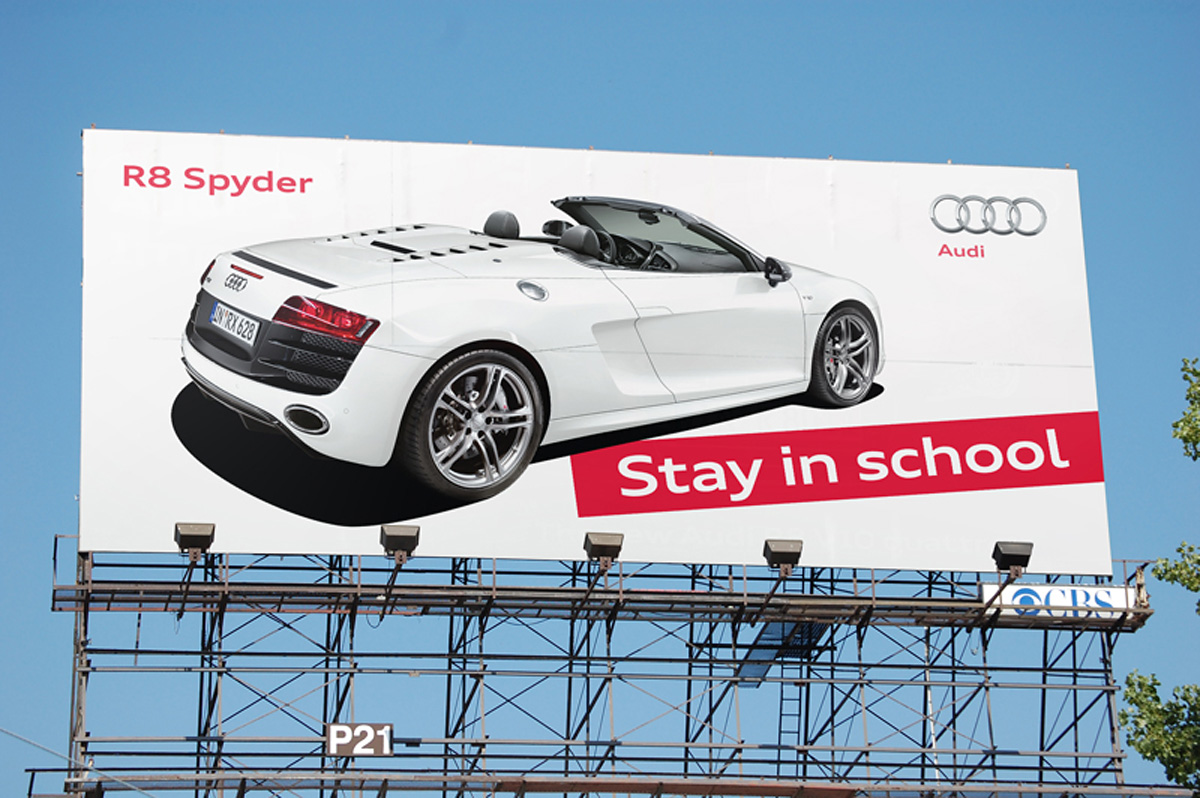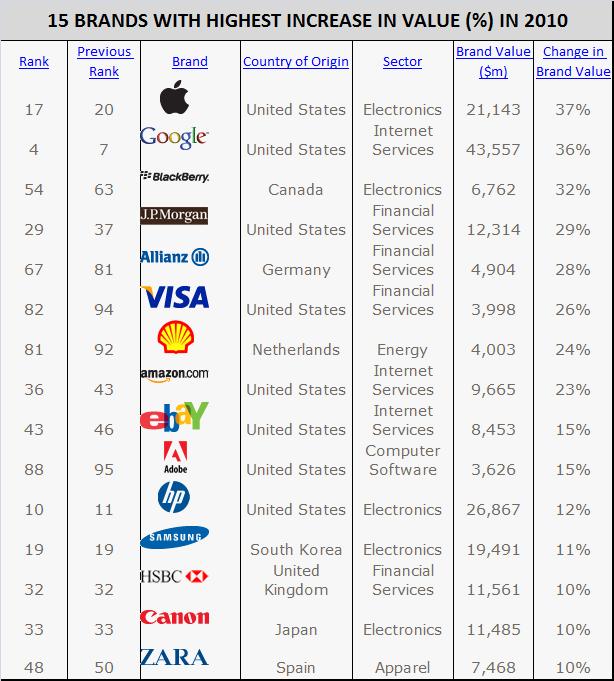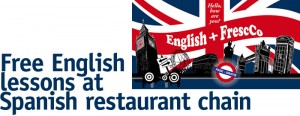
With a starting price of 187,000 CAD, the Audi R8 Spyder is definitely not in the same category as the Honda Civic. I chose to comment on this ad because pricing is our actual topic in class and because the car is awesome!
Even though the price is not indicated on the panel, most people are aware that Audi is a luxury car manufacturer with prices that go along. Also, I think the text on the picture says it all: you better study hard if you want to own this car one day!
I’d now like to discuss Audi’s company objectives and its pricing strategies. As we have seen, four orientations are possible for companies: profit orientation, sales orientation, competitor orientation and customer orientation.
One could say that every car manufacturer is seeking to sell as many cars as they can. Even if Audi is happy when selling many vehicules, it is not sales-orientated for all that. Its prices are clearly not as low as they could be.
In a certain way, Audi is competitor-orientated because it has to be aware of, say, Mercedes’ and BMW’s offerings. But, by setting its prices accordingly to its competitors, it is not “to discourage more competitors from entering the market” (Marketing textbook p.250). The reason is quite simple: it takes a lot more than low prices to be considered and respected as a luxury car maker. In fact, low prices are usually not welcome because it doesn’t fit with the exclusivity concept.
This brings us to the last two orientations that, I believe, characterize Audi’s strategies. It is clearly profit-oriented, as do the other luxury car makers, because its profit margins are important. Particularly on the R8 which is a high-end model, these margins must be quite interesting!
Finally, luxury car manufacturers like Audi have to be customer-oriented because their consumers are seeking for high value in what they buy and, what is even better , they are willing to pay a high premium to the company which offers them the best value. This is why Audi and its competitors offer their clients the opportunity to customize their car more and more.
That is, I’ll definitely “stay in school”!








